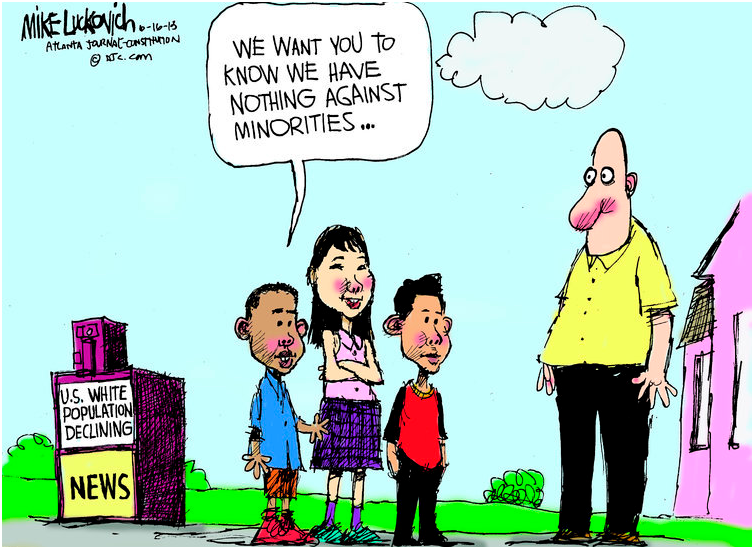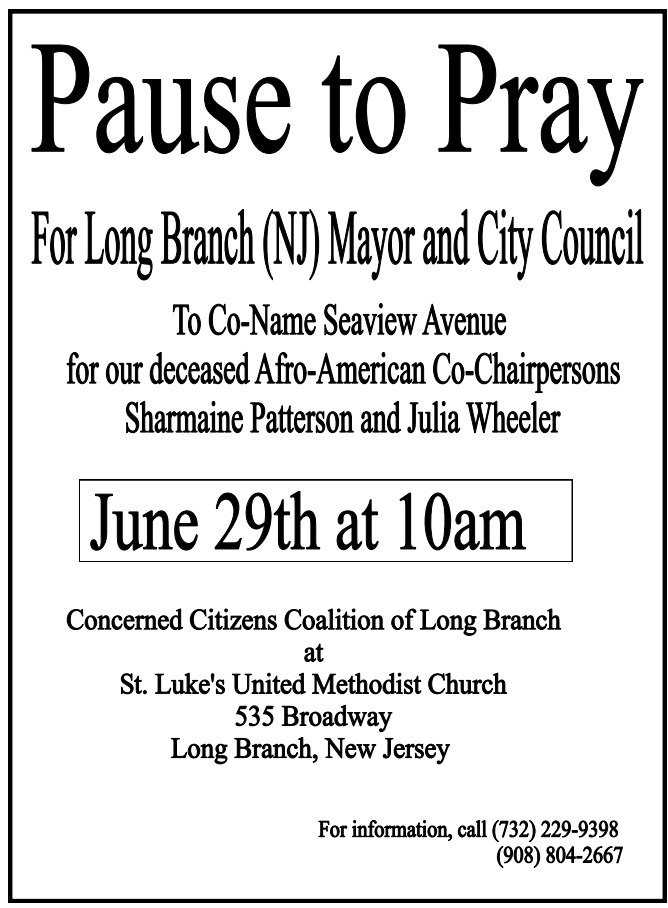http://www.nytimes.com/2013/06/14/opinion/race-vs-class-the-false-dichotomy.html?partner=rss&emc=rss
Race vs. Class – The False Dichotomy
THE decision is in. All consideration of race in college admissions is over.
No, the Supreme Court has not yet announced its decision in the landmark case of Fisher v. University of Texas; that ruling is expected any day now. But an alarming number of scholars, pundits and columnists — many of them liberal — have declared that economic class, not race, should be the appropriate focus of university affirmative-action efforts.
How can we explain this decision to throw in the towel on race-based affirmative action? Are we witnessing a surrender in advance of sure defeat? Or just an early weariness with a debate that, a decade ago, Justice Sandra Day O’Connor predicted would last another 25 years?
Perhaps it is the presence of a black president that has encouraged so many to believe that race is simply no longer a significant factor in American life. It is true that we have come a long way since the days of Jim Crow segregation. But the plain fact is that race still matters.
It matters with frightening frequency in the encounters of young black men with the police. It matters in our ability to get access to affordable housing, and in the wealth accumulated (or not) by our families. Whether the name on our résumé is Lakeisha or Leslie matters when we try to get a job interview. And it matters often, though not always, in our views about the continuing significance of race in American life.
Race isn’t the only factor that matters, of course, and universities should take seriously their obligation to educate poor students of all races. But nor should class be the only factor: after all, it was also true in the early 1960s that ignoring race and merely providing more resources to segregated schools would have benefited some poor black students — but that certainly didn’t mean that separate was equal, or that segregation was constitutional, or that pushing for desegregation was a waste of time.
What we might learn from the decades-long (and painfully incomplete) experience of desegregation is the need to deploy multiple efforts to address a chronic problem. In the context of higher education, that menu of efforts should include considering income (if not wealth), as well as an aggressive campaign to raise the quality of K-12 public education.
But that menu must also include race, for a variety of reasons. For one, in places like Texas and Alabama and Maryland, public universities train the vast majority of the state’s leaders. Greater classroom diversity helps ensure that minority and white students alike are prepared for leadership at a time of rapid demographic change.
That diversity includes class. To serve as their state’s leaders one day, students at the University of Texas and the University of Maryland will need to understand that not all blacks are poor, not all whites are rich, and not all Latino students speak Spanish.
In fact, by pushing universities to substitute class for race, we may simply reinforce stereotypes within the student body that will equate minority students with poverty, masking both the economic (and ideological) diversity within minority communities but also the challenges that confront white working-class students. At any rate, the true benefits of diversity cannot be achieved when, as the University of Texas discovered in 2003, nearly 80 percent of its classes contained only one black student, or none at all.
What about the stinging charge that race-based affirmative action benefits only middle-class and well-to-do children of professionals, because selective colleges prefer those students over the poor? This is simply untrue as a blanket statement, and it obscures a more troubling and complex reality.
Selective universities first and foremost favor students with higher S.A.T. scores and those who have graduated from academically rigorous high schools. Those students, whether white, Hispanic, black or Asian, tend to come from middle- or upper-class families, with parents who can afford tutoring and exam prep courses that are out of reach for poor students. But that is mostly a reflection of selective universities’ overreliance on standardized tests like the S.A.T. and the L.S.A.T., not an indictment of race-conscious affirmative action.
All of this is complicated and uncomfortable — which is why it’s not surprising to hear some commentators argue, in good faith, that we should abandon the consideration of race in affirmative action simply because using race is “unpopular.” But what progressive policy in pursuit of racial equity ever is?
In any case, even that argument is dubious: a recent New York Times poll showed that most Americans support affirmative action.
If there is public discomfort, it is precisely because race still does matter, because it still resonates so powerfully in American life. This is evidence that we need more contact among students of different races, not less.
If the Supreme Court reverses its 2003 decision to uphold affirmative action on campus and outlaw any consideration of race in admissions decisions, it would be radical — a tragic culmination of decades of backtracking on racial justice. But the battle for racial diversity in higher education will not end, because neither the court nor the country can simply will away the enduring importance of race in determining life chances.
Whatever the court decides, students, parents, universities and leaders will continue to fight for diversity, because they recognize, as a majority of the court did in 2003, that the very legitimacy of our democracy depends on ensuring that the doors of opportunity are open to all.
Sherrilyn A. Ifill is the president and director-counsel of the N.A.A.C.P. Legal Defense and Education Fund Inc.



